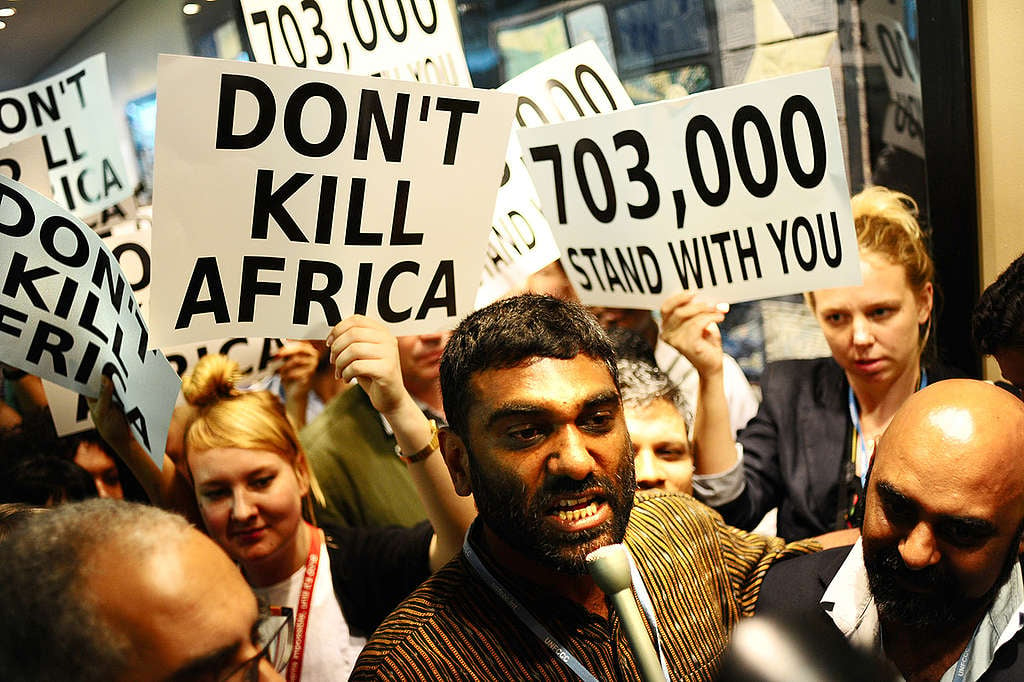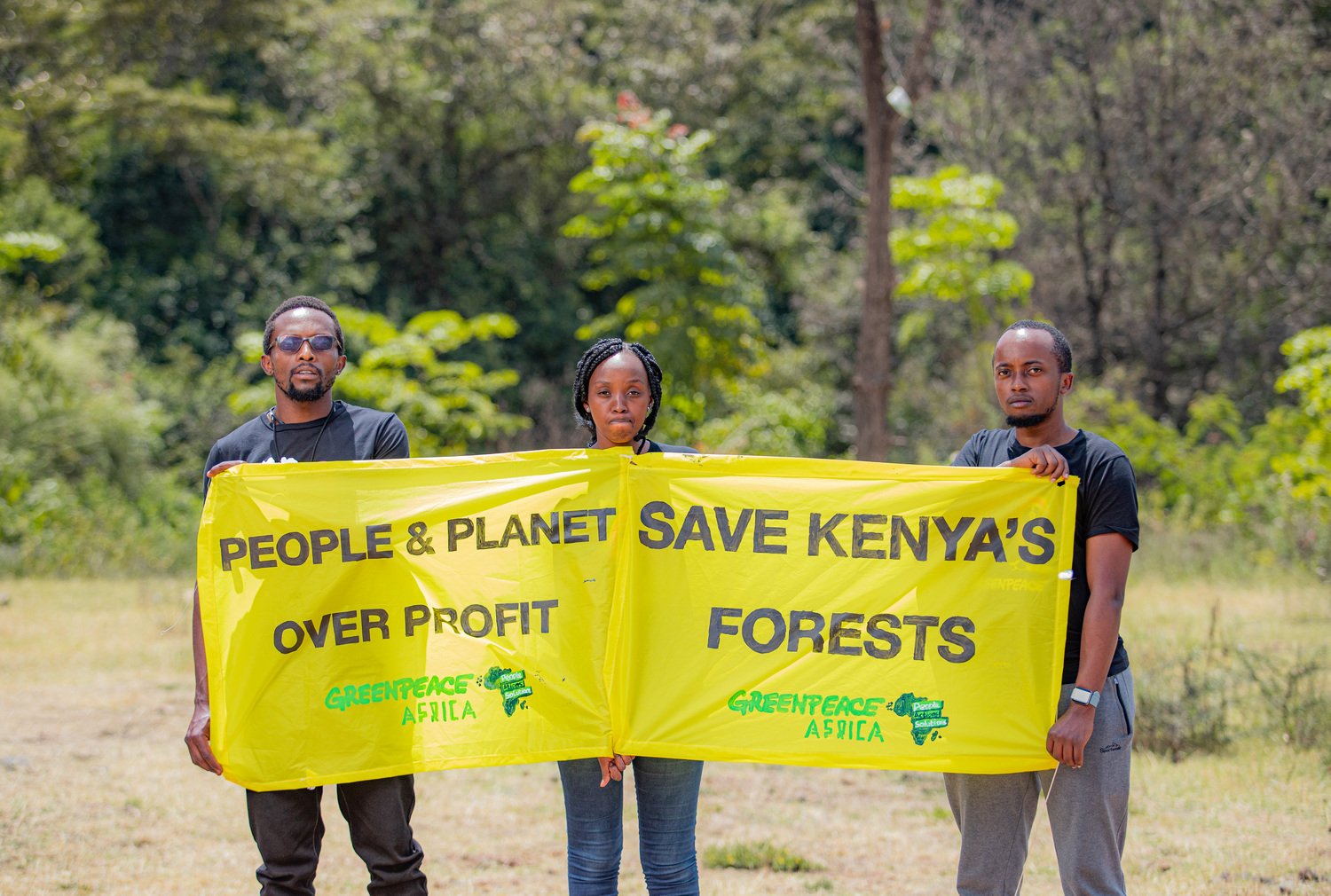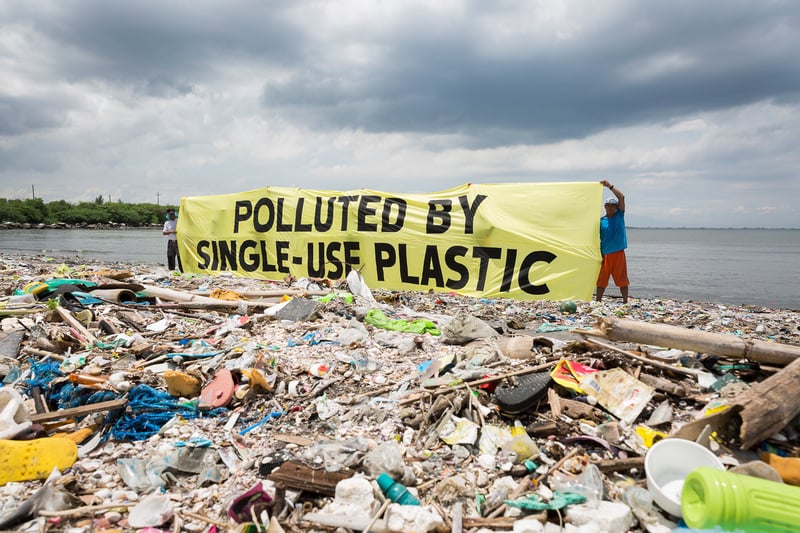Seismic Surveys on the Wild Coast..
Only a few days after the Glasgow Climate Crisis meeting was concluded, we had the Amazon Warrior dock in Cape Town harbour. The Amazon Warrior is owned by Shearwater Geoservices, the company Royal Dutch Shell appointed to conduct surveys on their behalf. The arrival was met by hundreds of angry residents, fishing communities and civil society … understandably so.
Shell obtained authorisation to conduct seismic surveys, I will rephrase that, seismic blasting under the Zuma administration. This authorisation was given by the Department of Mineral Resources and Energy and without all stakeholders input or objections (an email was sent out to some). The Department of Mineral Resources and Energy used the Mineral and Petroleum Resources Development Act 2002 (Act no 28 of 2002), which under section 39(2) of the Act requires the submission of an Environmental Management Plan, which is to assess and evaluate the environmental impact of the activity. Viva Operation Phakisa …
The Amazon Warrior will begin seismic blasting on the untouched and pristine coastline of the Wild Coast on the Indian Ocean on 01:12:2021 for a period of 5 months. Once seismic blasting is concluded on the Wild Coast, the Amazon Warrior’s kilometers of Geostreamers that trail the ship will be hauled aboard and they’ll make their way back, leaving unimaginable destruction in their wake. This may all seem like just another ship story until you understand just how fragile our oceans are and the critical roles our oceans play in fighting the Climate Crisis. The Amazon Warrior is a ship of ocean destruction, once you understand the technical characteristics of the ship and the airguns that will be used:
- Number of airguns arrays 3.
- No active airguns, approximately 36 per array, spacing between airgun arrays – 50 – 100m.
- Towing depth of airguns – 7m.
- Source volume max 3000 cubic inches each. Operational pressure 2000 psi.
- Shot interval Max every 5 seconds, 18.75m intervals between shot-points.
- Hydrophobic streamers.
- Type of streamer – solid.
- A number of streamers – 8.
- Length of streamer 6000m.
- Depth of streamer 10 to 20m.
So this is not just another ship story!
The Amazon Warrior will drag kilometers of Geostreamers behind it and every 10 seconds they will be blasting shockwaves into the Earth’s crust below the seabed. Seismic testing involves blasting the seabed with high powered airguns. These blasts disturb, injure and kill marine life. As humans, we can compare it to explosives being detonated every 10 seconds. The environmental impact on the marine ecosystem is immense. The sound from these blasts carry for kilometers.
Many marine species use echo or sound to guide them or communicate with others, whales and dolphins are an example, with these loud blasts continuously going off every 10 seconds, many whales or dolphins will become disorientated. We will see more whale and dolphin beaches. In some instances, whales and dolphins have been caught in the Geostreamers and have been blown up by the blast from the airguns and dragged behind the survey ship. Apart from the obvious damage and death to whales and dolphins we also need to take into consideration, the smaller marine species and the impact these blasts will have on them. How many thousands will be washed ashore and left to rot under the scorching sun?
New scientific evidence proves that seismic blasting devastates Zooplankton. Zooplankton is a critical food source for many marine species. It was also scientifically proven that a single blast can significantly decrease Zooplankton, and Krill larvae were completely wiped-out. Seismic blasting decimates the oceans’ most vital groups of organisms over large areas and may disrupt entire ecosystems. We aren’t talking meters, we’re talking kilometers of destruction with each seismic blast, now amplify that single blast, every 10 seconds, 24/7 for a period of 5 months. What will be left of our ocean?
The most common whale on the East Coast of Southern Africa is the Right Whale. The Right Whale was brought back from the brink of extinction in the early 20th century and has been a protected species in South African waters since 1935.
The mangroves along the Wild Coast at the various river mouth estuaries provide indispensable nursery areas for many juvenile marine fish and crustaceans. The Wild Coast mangroves are also home to one of the rarest bird species in the world, the Mangrove Kingfisher.
Apart from the obvious environmental impact on the Wild Coast, we also need to take into consideration the intimate relationship between man and the ocean. Many fishing communities depend on the Wild Coast for their livelihoods as their forefathers once depended on the ocean. The ocean does not only feed communities they also earn their livelihood from the ocean. With the seismic blasting off the Wild Coast, there will be a disruption of their source of income and source of sustenance. This is a human rights violation. The ocean also plays a role not only in culture, but also in religion and the ocean is part of some religious rituals. The freedom to practice their religious rituals on the beach is also being compromised.
Along the East Coast of Southern Africa is a well-defined current, the Agulhas current. The Agulhas Current is also a migratory route for many marine species, it also moves warm tropical waters downwards alongside the East Coast towards the Aghulas plateau. The strong Agulhas current drives upwelling of nutrient-rich, which in turn promotes high levels of Phytoplankton, the ‘grass’ of the ocean that sustains the aquatic food web. How will the annual Sardine Run be impacted, thousands depend on the Sardine Run, not only for sustenance, but also from a tourism perspective and employment stability?
How will the continuous seismic blasting impact this narrow continental shelf that plays such a vital role to various marine species and ultimately us, the people who depend on the Wild Coast (Indian Ocean) for our sustenance, our livelihoods, our religious rituals or just our recreation?
After 5 months of continuous blasting and decimation of the Wild Coast seabed, the Amazon Warrior will haul up those kilometers of Geostreamers, wipe off any carcass remains and continue its journey for the next authorized onslaught, wherever that may be.
The Coelacanth fish which was thought to have been extinct for 66 million years, was rediscovered in 1938 of the East London coast and then seen again in iSimangaliso in 2004 and once again in 2019 off the south coast of KwaZulu-Natal. Are we really going to allow Shell to destroy our coastline and finally drive the Coelacanth and other species to extinction?
Apart from the destruction of seismic blasting, the thought of oil spills along our coastline should frighten us all. We need to call it what it is. This is not seismic surveys, it’s seismic destruction.
#ToHellWithShell
#SameColonizersDifferentShip




